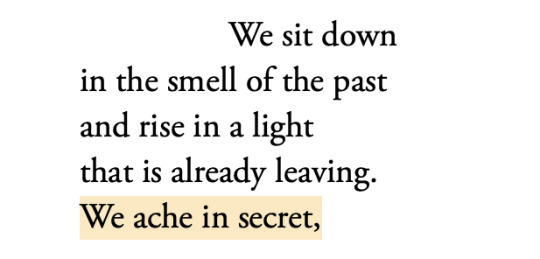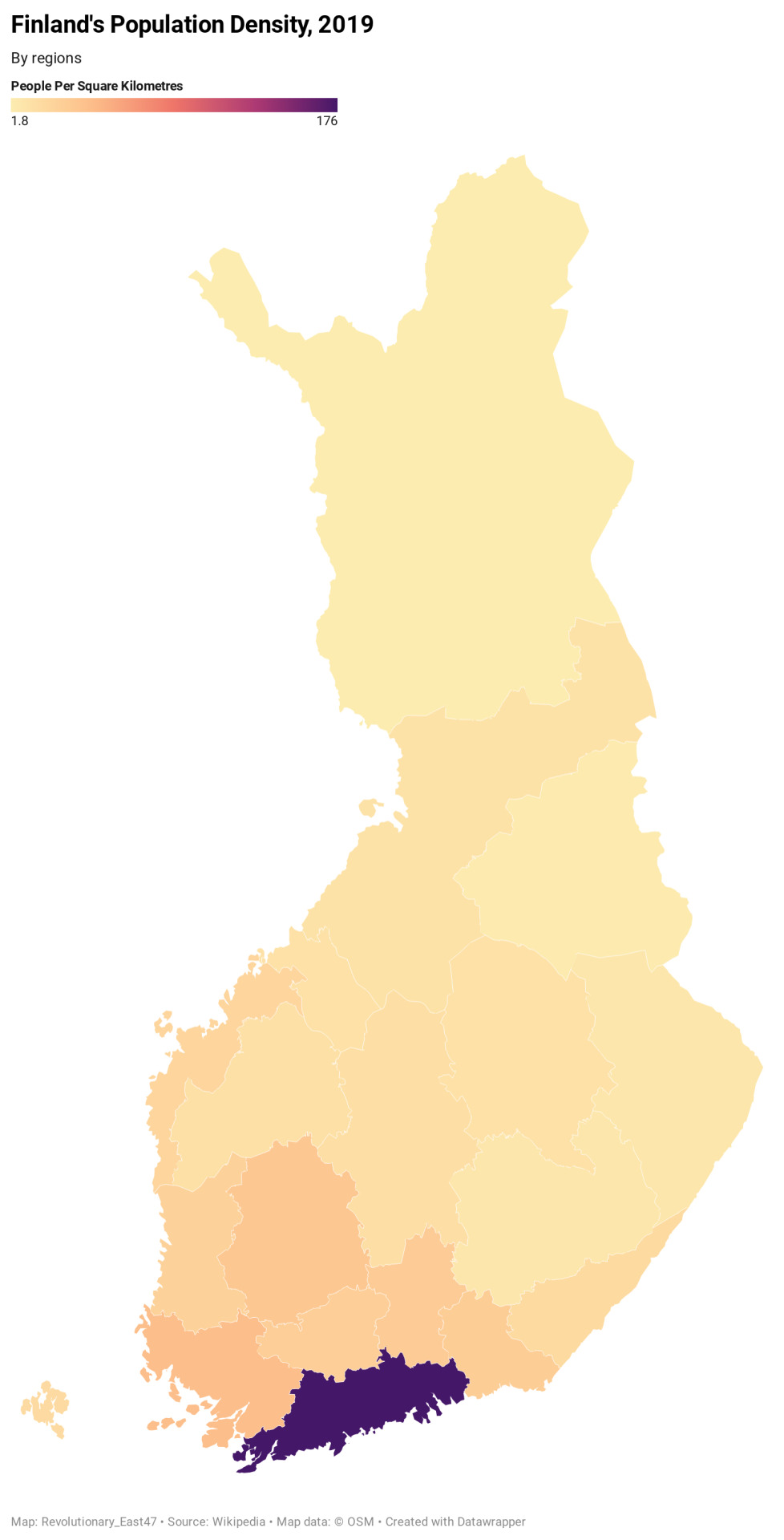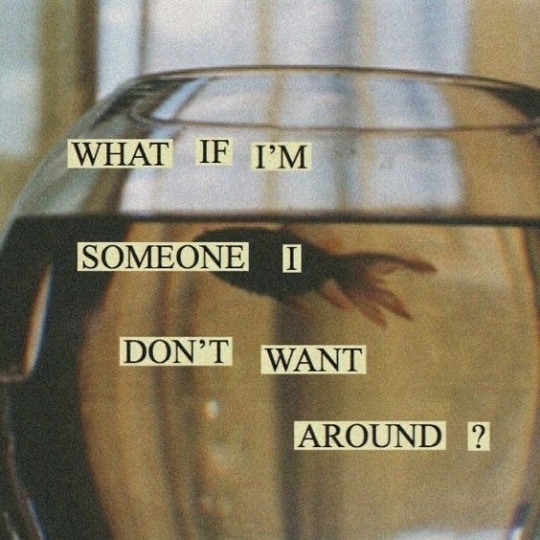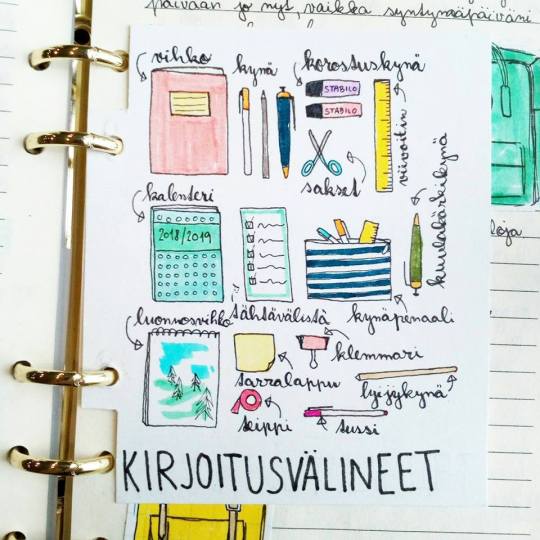Thoughtful, joyful, laughful, emotive, intellectual content. Poetry, languages, science 😍
Don't wanna be here? Send us removal request.
Photo

Since I’m a giant Classics nerd I made some Greek pottery inspired Easter eggs
133K notes
·
View notes
Text
don’t forget that love letters are still the cutest gifts
142K notes
·
View notes
Text
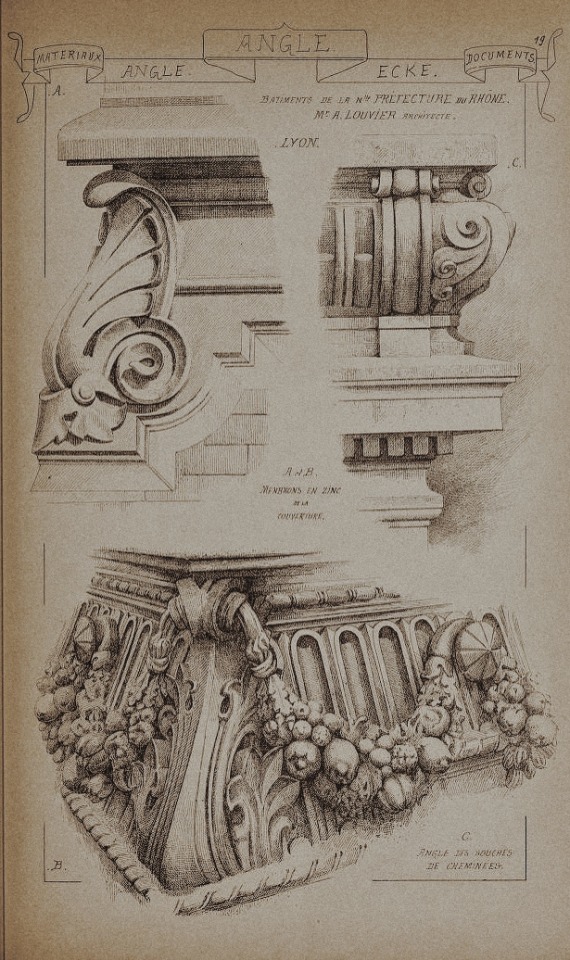

more illustrations taken from ‘Matériaux et documents d'architecture et de sculpture, Paris, 1872-1914′. definitely recommend taking a look at it if your studying architecture or even if you’re just an enthusiast.
6K notes
·
View notes
Text
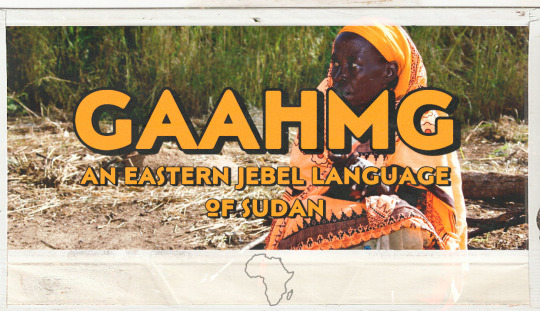
Linguistic Diversity Challenge: Languages of Africa
Day 7 — Gaahmg
What is the language called in English and itself?
• This depends on the time period of the work, in relation to what the language is called in English. More recent works refer to the language as “Gaam” primarily, albeit the grammar of the language calls it “Gaahmg” (IPA: [gəːmg]) which is indeed what the speakers call their language as well—it would appear that both the endonym and exonyms that are commonly used all refer to geography hence why the language is in older works referred to as Ingessana (a name commonly used by Arabic-speakers) and Tabi (the name of a hill in their speech area). The name Gaahmg itself means “people of the hills” since the speech community solely live in the Ingessana hills and rarely leave it due to an aversion caused by centuries of subjugation, slave raiding, and cattle raiding by neighboring peoples. The four dialects of Gaahmg also have their own names according to speakers, with those names being Jog Tao, Buwag, Kulag, and Jog Goor.
Where is the language spoken?
• Gaahmg, like all Eastern Jebel languages, is spoken in modern day Sudan’s Blue Nile state and this is why fieldwork for the language, any language in the area, is so complicated—Blue Nile state is rather unsafe, for reasons. VICE did a small documentary on it back in 2012 actually. Here’s a map from Güldemann et. al (2018) of various languages thrown into the “Nilo-Saharan” proposal per Greenberg, which includes Eastern Jebel:

How many speakers does the language have?
• Gaahmg, per Ethnologue, had around 67,000 speakers in 2000—which is interesting for a number of reasons. Gaahmg is substantially more widely spoken than any of it’s relatives and it’s suspected that there’s no more than 2,000 speakers all together of the other 4 members of the Eastern Jebel family. Gaahmg, despite what appears to be a small number of speakers for the area, is also not at all in danger. The speech community is rather resistant to cultural change to a degree and is suspicious of things and people from outside of their society—not to say they have resisted everything. They haven’t. The Gaahmg speech community indeed has schools and local government and so forth but they are fairly resistant to changing who they are and what they speak. The Gaahmg have, per reports, been one of the preyed upon ethnic groups of the area and this left them open to slave raiding by Arabs, the Funj sultanate, and Ethiopian empire—they also during the existence of the Mahdist movement in the latter portion of the 19th century spent a substantial amount of time being raided for cattle amongst other things; essentially their own suspicion of those outside of their community makes them somewhat resistant to language change because of the fact that they have historical reasons to not trust those who are not from Gaam, and presumably who do not speak Gaahmg. That being said, many Gaahmg-speakers are reported to be multilingual but their native, home, and daily use language is typically Gaahmg.
What language family does it belong to? What are some of it’s notable relatives?
• Gaahmg, in the least controversial proposals, is a member of the Eastern Jebel family—comprised of 5 members it is one of the least studied language families in Africa and there is more we don’t know about it than we do. It’s essentially the bottom of the ocean when it comes to the linguistic geography of Africa. Gaahmg of course is the notable member of the family being it actually has a grammar, but hopefully soon enough the other 4 languages are documented. Anyone familiar with languages in Africa though will be aware that Gaahmg is part of the undemonstrated and likely undemonstrable “Eastern Sudanic” branch of Africa’s own version of Altaic, Nilo-Saharan. This is why the map provided by Güldemann also provides the geographical distribution of other language families in the area because all of them too are part of the same proposed branch—although this doesn’t mean that there isn’t other proposals. There is a proposal, from ��Nilo-Saharan: Models and Descriptions” (2015) that suggests that the Berta languages of Ethiopia, which originally came from the same area, may be a related family but the evidence isn’t very convincing and some of the data used for Gaahmg in specific is questionable.
Does it have a writing system?
• Yes, Gaahmg has its own Latin-based orthography.
What is it like phonologically?
• Gaahmg is weird in this regard because a pretty important paper regarding its classification claims it has a voiceless lateral fricative [ɬ], cites the grammar as evidence, but the grammar does not have evidence of this. There is also 3 underlying tones. The phonological inventory per the grammar is as follows:
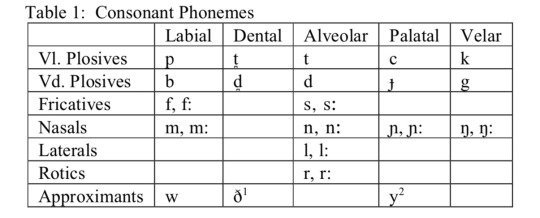

What is it like grammatically?
• The grammar of Gaahmg has before draw attention partially because it’s one of the few languages in Africa that have, not without controversy, been argued to have some form of ergativity (when a noun is identified as the subject of a transitive verb) although ergativity is very, very rare in Africa and this is something outside of my scope so I’ll just leave it as an interesting thing to mention—nonetheless Gaahmg is rather interesting overall grammatically. The majority of the morphology of in Gaahmg exists in relation to nouns, verbs, and adjectives as opposed to other word categories—in this case pronouns, prepositions, body part locatives, and adverbs—where there is little if any present morphology. Singular nouns in Gaahmg do not have suffixes, while it is obligatory in plural nouns with the most common being /-gg/. Gaahmg also has 7 clitics: copular, definite, locative copular, dative, accompaniment, subordinate, and relative clause definite; of which noun stems may use more than one.
What do you find personally interesting about the language?
• So like I said in a different post of mine, I do and don’t know about Gaahmg. I’ve read that paper about Jebel-Berta, I know a bit about the “Nilo-Saharan” proposal—I’ve even made a long lost visual Swadesh list of the language in fact. So Gaahmg is like that neighbor I don’t talk to, but I know their house number, they have a car, and that they have kids. But once I sat down to read about Gaahmg it is very interesting. The language of course is beautifully structured and the words are very aesthetically pleasing but the speakers are really what catches my eye. Language is never a disembodied entity apart from the speakers and in our world of global languages and Lingua Francas many times we seem to forget how often language is such a personal and identity-specific part of symbolic culture—Gaahmg’s specificity to its speakers (there’s no reports of anyone else speaking the language to speak to them) and their desire to preserve themselves really is something I appreciated hearing about.
Extra stuff:
• Here’s of course the grammar, the paper on the Jebel-Berta proposal, and a cool word with a picture of the traditional Gaam throwing knife:
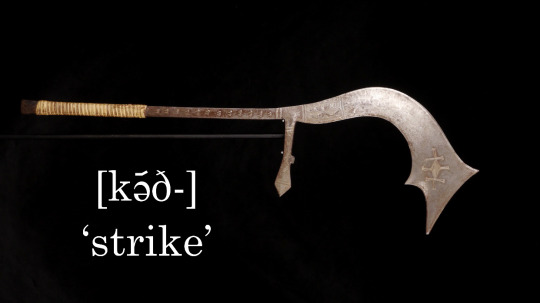
59 notes
·
View notes
Photo




Milt Kahl’s character studies for Pongo from Walt Disney’s 101 Dalmatians.
5K notes
·
View notes
Text
Le plus petit pas possible
Partir marcher, l’esprit libre, un petit bout de soleil planté sous la peau, avec la certitude que, malgré tous mes doutes, toutes mes angoisses, mes envies d’ombre parfois, j’ai survécu jusqu’ici, et que j’ai bien fait comme j’ai pu, à chaque fois et avec ce que j’avais, et que finalement j’ai tout bien réussi, malgré mes erreurs, parce que je suis là, que j’aime, que je suis aimée, et que c’est déjà pas mal.
Au bout du petit matin, dans ce petit bout d’instant qui durera ou ne durera pas, parce qu’il fait bien ce qu’il veut ce petit bout d’instant, parce que tout va et vient, et que le mouvement nous sauve de la décomposition, au bout du petit matin, qu’il dure ou non, je m’aime par coeur.
34 notes
·
View notes
Text
use comic sans to write
i hate this so much but this knowledge is too powerful to keep from you all.
last night @phaltu discovered that setting your font to comic sans in google docs improves writing speed and creativity by an insane amount. “no” i said and “die” but then i tried it and god. i wish it wasn’t this way. i wish it wasn’t true. i wish i could protect you all from this but it’s real.
something about this font is so disarming. something about this font lets you look past the shape of the words and into their soul. i’ve never written so much as i did last night, on my phone, at 2am, in comic sans.
if you have writer’s block. if you lack inspiration. if you need this. don’t be afraid to use it. sometimes the things we find most horrifying are also the things we need the most. trust me. let comic sans into your life.
155K notes
·
View notes
Photo
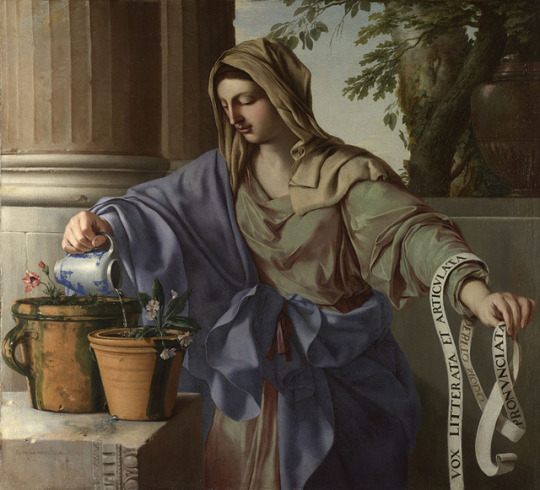
Laurent de La Hyre, Allégorie de la Grammaire (1650)
76 notes
·
View notes
Text


🌲 1374, 23 novembre 2020 🌲
Dans l’allée de chênes
De cet arbre qui s’abreuve
Je sais le secret
22 notes
·
View notes
Text
“Toujours est-il qu’à la moindre marque d’indifférence à mon égard, la houle de l’angoisse se levait dans mon coeur.”
— Marcus Malte, Ceux qui construisent les bateaux ne les prennent pas (in Fannie et Freddie)
109 notes
·
View notes
Text
Moomin vocabulary in Finnish

Muumi - Moomin Lastenfantasia - children fantasy Seikkailu - adventure Tove Jansson - Tove Jansson Suomenruotsalainen - Swedish-speaking Finn Kirjailija - writer, author Kuvittaja - illustrator Taidemaalari - painter Tuote - product Kirja - book Kuvakirja - picture book Sarjakuva - comic strip Televisiosarja - TV-series Elokuva - movie Lyhytelokuva - short movie Videopeli - video game Näytelmä - play Ooppera - opera Astia - dish Muumimuki - moomin mug Muumimaailma - Moominworld Teemapuisto - theme park Muumimuseo - Moomin Museum Muumibuumi - The Moomin Boom Muumit ja suuri tuhotulva - The Moomins and the Great Flood Muumipeikko ja pyrstötähti - Comet in Moominland Taikurin hattu - Finn Family Moomintroll Muumipapan urotyöt - The Exploits of Moominpappa Vaarallinen juhannus - Moominsummer Madness Taikatalvi - Moominland Midwinter Näkymätön lapsi ja muita kertomuksia - Tales from Moominvalley Muumipappa ja meri - Moominpappa at Sea Muumilaakson marraskuu - Moominvalley in November Kuinkas sitten kävikään? - The Book about Moomin, Mymble and Little My Kuka lohduttaisi Nyytiä? - Who Will Comfort Toffle? Vaarallinen matka - The Dangerous Journey Muumien maailma - The Moomins (TV series) Muumilaakson tarinoita - Moomin (1990 TV series) Muumit Rivieralla - Moomins on the Riviera Käy muumilaaksoon - the Finnish opening theme of Moomin (TV series) Hei muumit - the Finnish ending theme of Moomin (TV series) Muumilaakso - Moominvalley Muumitalo - Moominhouse Yksinäiset vuoret - Lonely mountains Meri - sea Uimahuone - bath house Majakka - lighthouse Teatteri - theatre Muumipeikko - Moomintroll Muumimamma - Moominmamma Muumipappa - Moominpappa Niiskuneiti - Snorkmaiden Niisku - Snork Nipsu - Sniff Pikku Myy - Little My Mymmeli - Mymble Nuuskamuikkunen - Snufkin Hemuli - Hemulen Poliisimestari - The Police Inspector Haisuli - Stinky Mörkö - Groke Jäärouva - The Lady of the Cold Tuutikki - Too-Ticky Noita - The Witch Aliisa - Alicia Vilijonkka - Fillyjonk Lapset - children Taikuri - The Hobgoblin Tiuhti ja Viuhti - Thingumy and Bob Hattivatti - Hattifattener Piisamirotta - The Muskrat Esi-isä - The Ancestor Hosuli - The Muddler Sosuli - Fuzzy Juksu - The Joxter Fredrikson - Hodgkins Drontti Edvard - Edward the Booble Surku - Sorry-oo
474 notes
·
View notes

